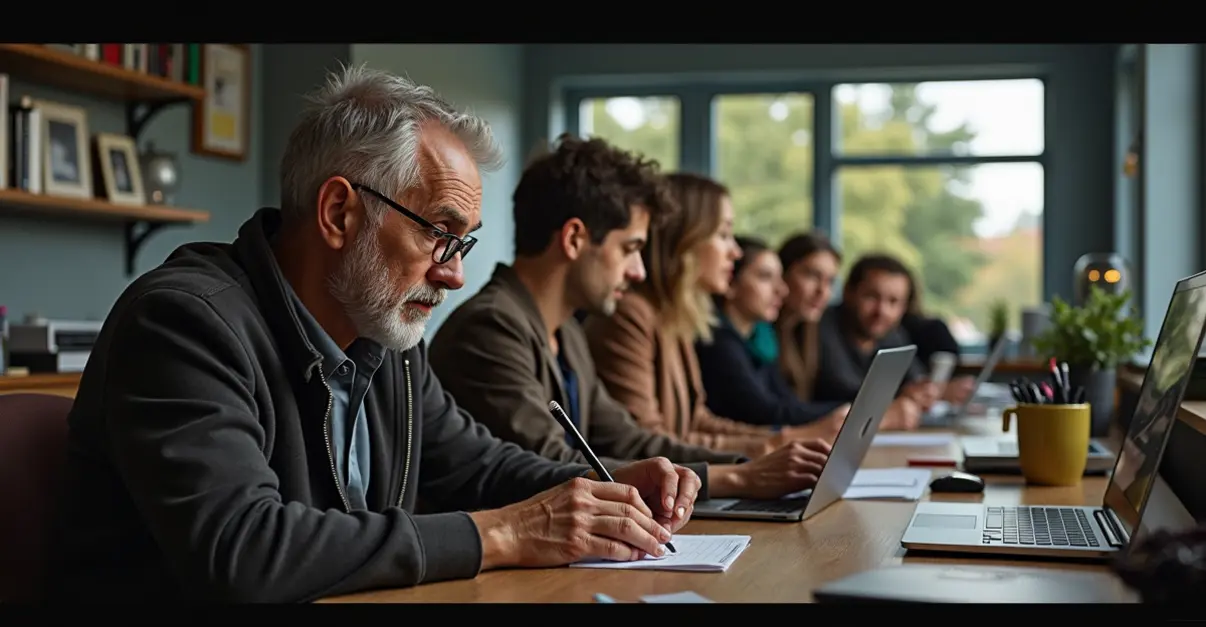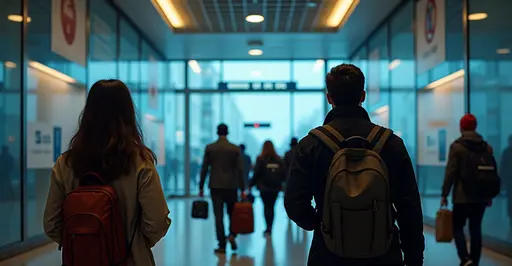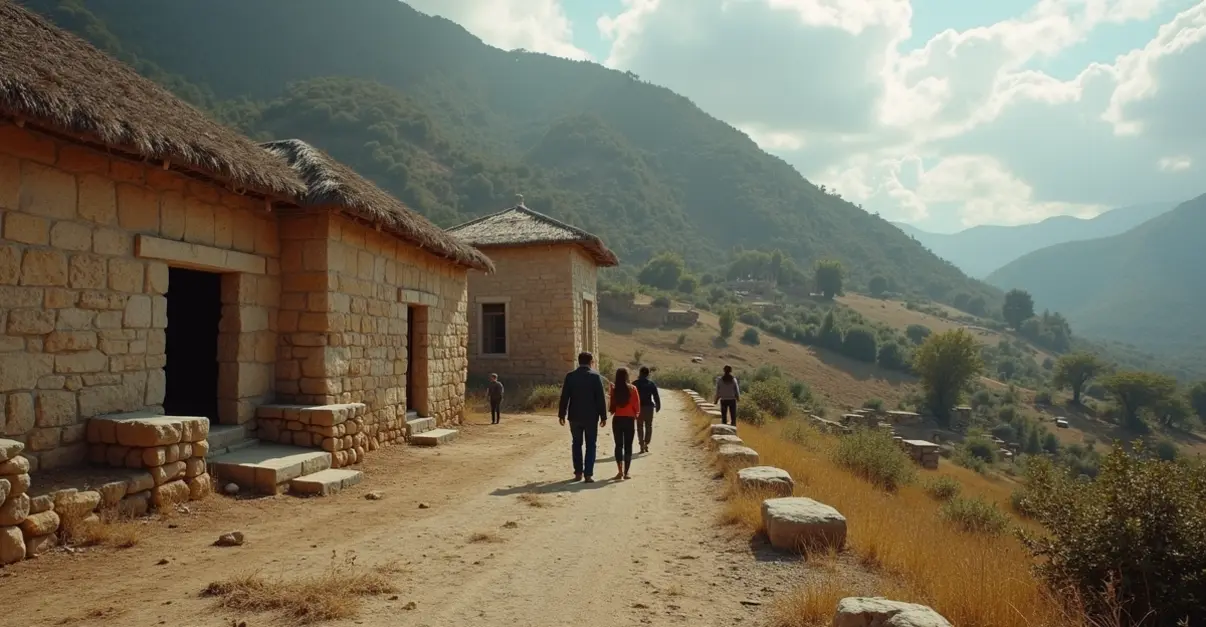International cultural exchange programs are rebounding strongly in 2025, with increased funding enabling artist residencies and cross-border collaborations to resume at pre-pandemic levels, though some programs face funding challenges.

Global Cultural Exchange Programs Return to Pre-Pandemic Levels
After years of pandemic-related disruptions, international cultural exchange programs are experiencing a significant resurgence in 2025, with artist residencies and cross-border collaborations leading the recovery. Major funding increases and renewed government support are enabling artists and cultural professionals to resume international mobility at levels not seen since before COVID-19.
Funding Renaissance for Cultural Mobility
The U.S. State Department's Bureau of Educational and Cultural Affairs (ECA) is requesting $808.6 million for FY2025, representing an 8.8% increase over 2024 levels. This funding supports flagship programs like the Fulbright Program, Gilman scholarships, and EducationUSA's global advising network. "We're seeing unprecedented demand for international cultural exchange after the isolation of the pandemic years," says Dr. Maria Rodriguez, Director of Cultural Programs at the ECA. "Artists and cultural professionals are eager to reconnect globally, and our increased funding reflects this renewed commitment to cultural diplomacy."
Artist Residencies Lead the Recovery
Artist residencies are at the forefront of this cultural renaissance, with numerous fully-funded opportunities available worldwide. Programs like the I-Park Foundation in Connecticut and the Thami Mnyele Foundation in Amsterdam are providing comprehensive support including accommodation, studio space, and stipends. "The return of international residencies has been transformative for my practice," shares contemporary painter Elena Vasquez, who recently completed a residency in Lisbon. "Working alongside artists from different cultural backgrounds has enriched my artistic vision in ways I couldn't have imagined."
Cross-Border Collaboration Initiatives
New initiatives are specifically targeting cross-border artistic collaboration. The Goethe-Institut's Mobility Grants for Artists program supports intercontinental exchange between Africa and Europe, funding research trips, collaborative projects, and festival participation. Applications are reviewed monthly, with the first cut-off date on October 15, 2025. "These mobility grants are crucial for building sustainable artistic networks across continents," notes program coordinator Klaus Schmidt. "We're seeing incredible innovation emerge from these cross-cultural partnerships."
Challenges and Opportunities
Despite the overall positive trend, some programs face funding uncertainties. The Office of Management and Budget has proposed cuts to at least 22 ECA programs, totaling approximately $100 million. These potential reductions could impact over 55,000 students, scholars, and professionals annually. However, private foundations and corporate sponsors are stepping in to fill potential gaps, with many recognizing the economic and diplomatic value of cultural exchange.
Looking Forward
The resurgence of international cultural exchange programs represents more than just a return to normalcy—it signals a renewed global commitment to cultural understanding and collaboration. As travel restrictions ease and funding stabilizes, artists and cultural professionals are once again crossing borders to share ideas, create together, and build the cultural bridges that strengthen international relations. The momentum building in 2025 suggests that cultural exchange will continue to play a vital role in global diplomacy and artistic innovation for years to come.

 Nederlands
Nederlands
 English
English
 Deutsch
Deutsch
 Français
Français
 Español
Español
 Português
Português









